When is an armchair not just an armchair?
For Franz West, an armchair wasn’t simply an armchair – it was an interactive piece of art to be handled and adapted to the body however the user saw fit.

Source: Courtesy Galerie Eva Presenhuber, Zürich & Franz West Privatstiftung. © Gabriel Szabo / Guzelian
Foreground: Franz West, ‘Stonehenge’, 2011. Franz West, ‘Epiphanias an Stühlen’, 2011.
Austrian artist West’s approach to furniture is an extension of his invention of his ‘Adaptives’ – a series of pieces he started creating in the 1970s that resembled familiar designs, such as bottles or walking sticks or pedestals, but were positioned as works to be played with, changing in meaning and even form according to how the viewer chose to manipulate them.
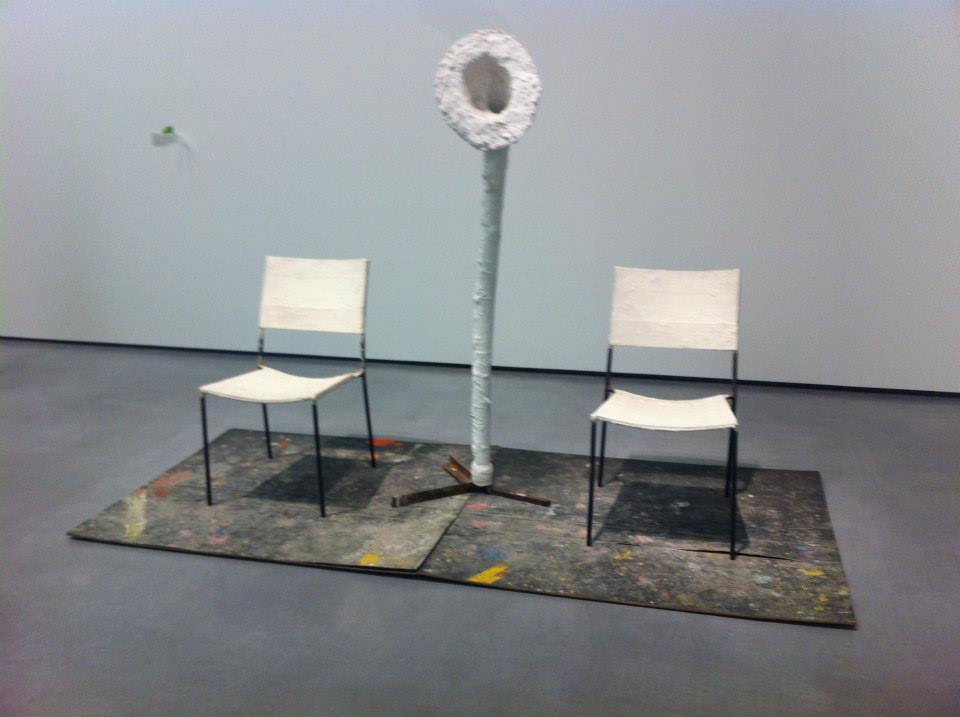
As such, furniture design for West is a playful, witty discipline, with works left very much open to interpretation of their intention.

Source: Photo: Atelier Franz West. Louisana Museum of Modern Art, Humlebæk, Denmark. Aquired with funding
Franz West, Parrhesia, 2012.
The artist was born in 1947 in Vienna, and began creating art at around 23 years old, with no formal training. His works span furniture; installation-style configurations (or ‘Combinations’) of other artists’ work with his own; painting; works on paper and most famously sculpture.
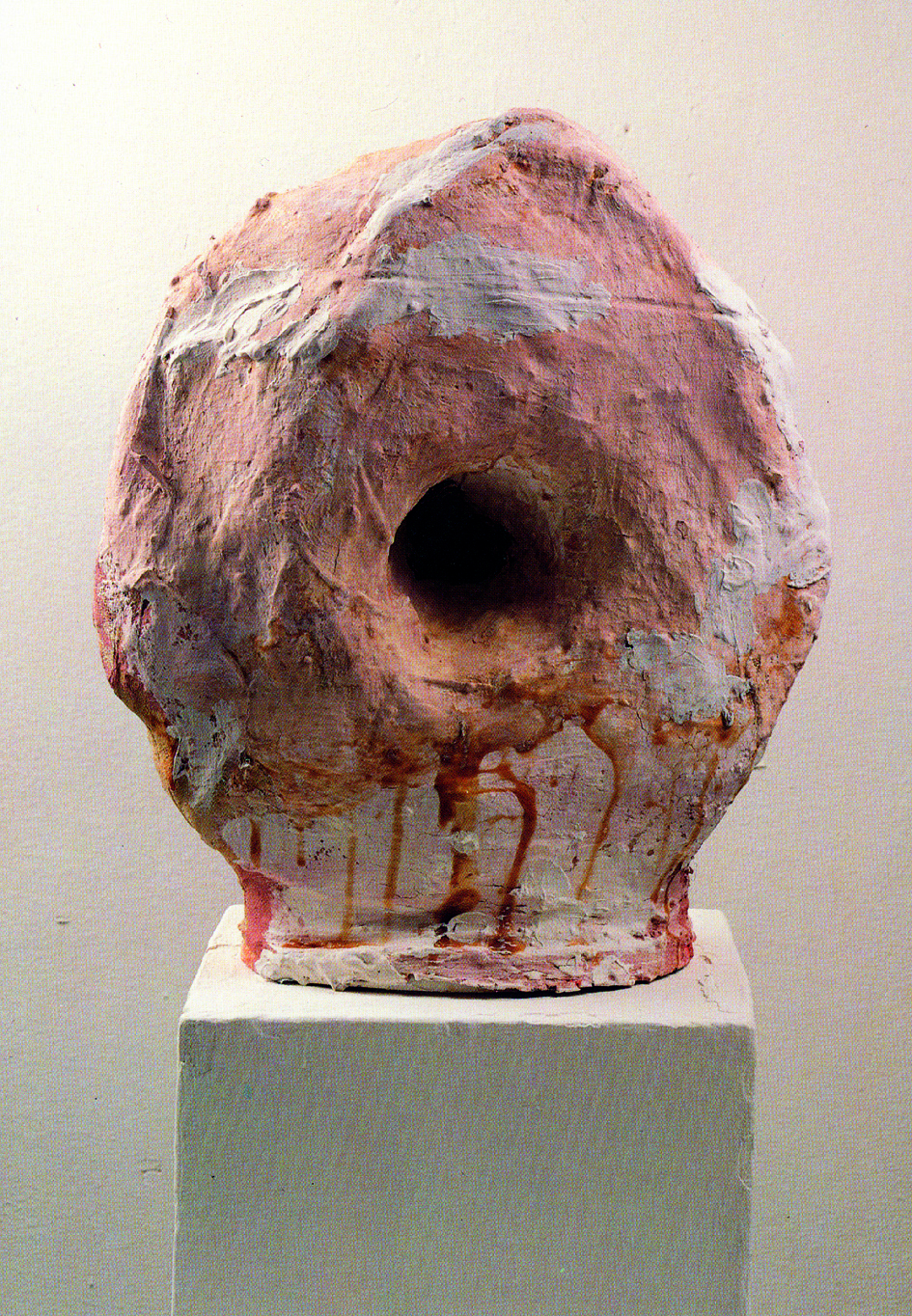
A stunning new show at the Hepworth Wakefield gallery in Yorkshire entitled Where is my Eight? offers a survey of his intriguing career from the 1970s until just before his death in 2012, at times underscoring the links between the corporeality and physicality of his work with the organisation’s namesake, Barbara Hepworth.
The pieces are united by a performative focus on the human body and frequently rely on the actions of the audience – or ‘recipients’ as show curator and friend of West Eva Badura-Triska terms the viewers of his work.
The boundaries of furniture and sculpture are utterly blurred – highlighting the wry humour that underpins West’s aesthetic. Formed as a result of wearable sculptures designed for miniature, informal performances – the aforementioned Adaptives – they extend the idea of the forms as pieces not of visual art to be placed on a pedestal, but finely-formed playthings.
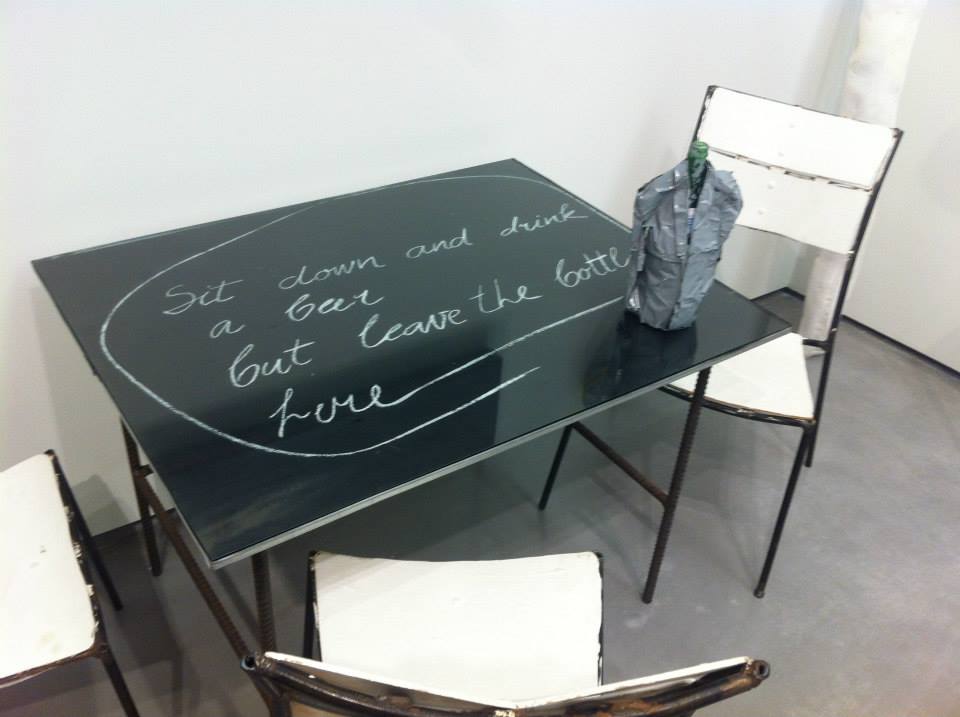
The show opens with the bright, bold and almost disarmingly comfortable Ordinary Language installation. Formed of 12 sofas and two television monitors showing a film by West and two other artists, the piece invites the audiences to sit how they want to, where they want to, and direct their gaze and attention at whatever they wish.
Hepworth Wakefield says, ‘It was important to him from the outset not to put forward definitive theories or to impose anything on his audience in an authoritative manner…West’s art is always seeking to enter into dialogue with its recipients and considering their various reactions as necessary to the completion of the meaning of the work’.
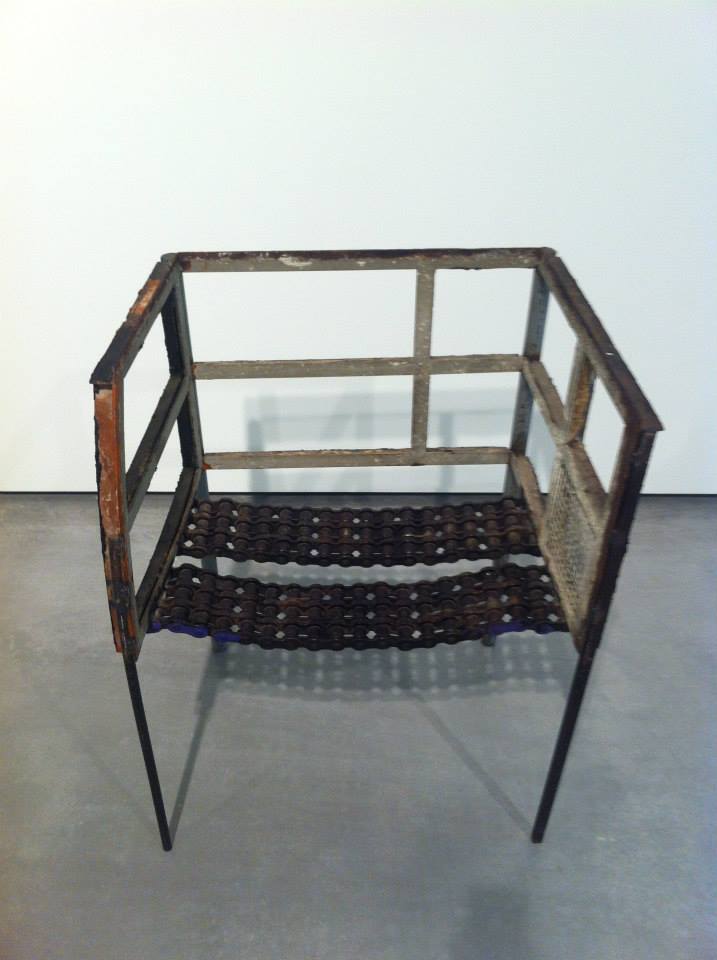
With the furniture pieces, this meant that in their early, awkward incarnations, the viewer was almost forced to ‘interact’ with the piece by placing newspaper or other materials on the seat to make it comfortable enough to use.

This notion of ambiguity is a central tenet throughout West’s work: unlike the Vienna Actionist movement of his hometown that just preceded his work, West actively shunned a dogmatic approach in his art, instead leaving his creations open, flexible and shaped by participation. Playfulness is always at the fore, as exemplified in the Adaptives, as well as in his late works, the ‘seated sculptures’, large public art pieces that can be used as furniture, as well as sculpture.

The gallery speaks of West’s ‘desire to bring life and art together’ – and these pieces are the bright, strange and beautiful embodiment of the sentiment. Inviting people to sit on the ridiculous structures, they become part of the art – making it real and fun, and ensuring that West’s works become truly alive in the spirit he intended.
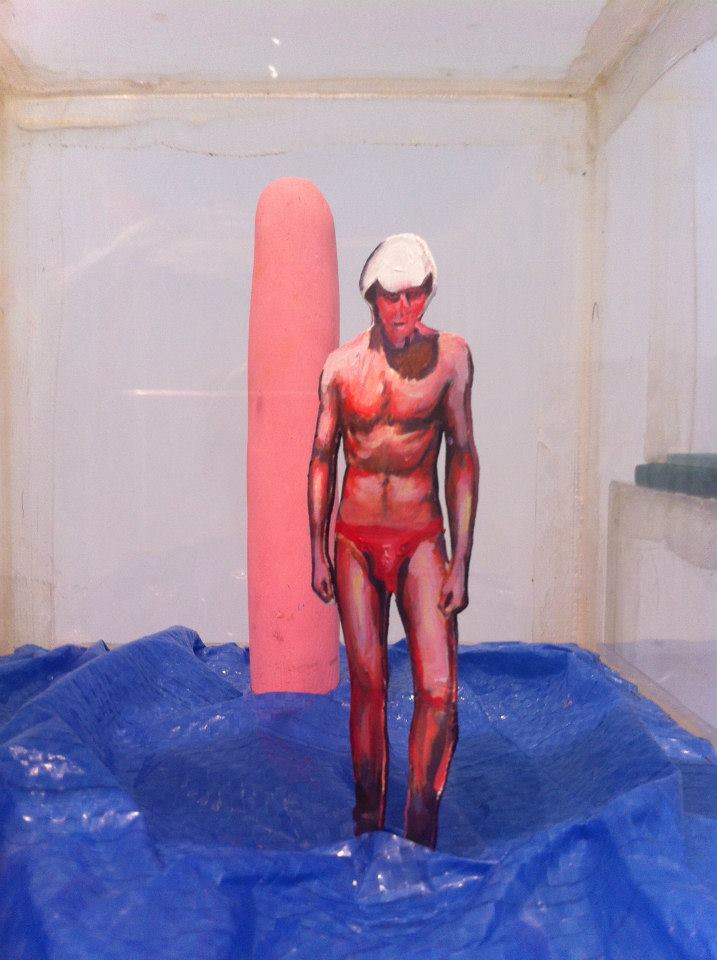
Franz West: Where is my Eight? Runs from 13 June – 14 September at the Hepworth Wakefield, Gallery Walk, Wakefield, West Yorkshire WF1 5AW
Video:
Franz West: Where is my Eight?
-
Post a comment




